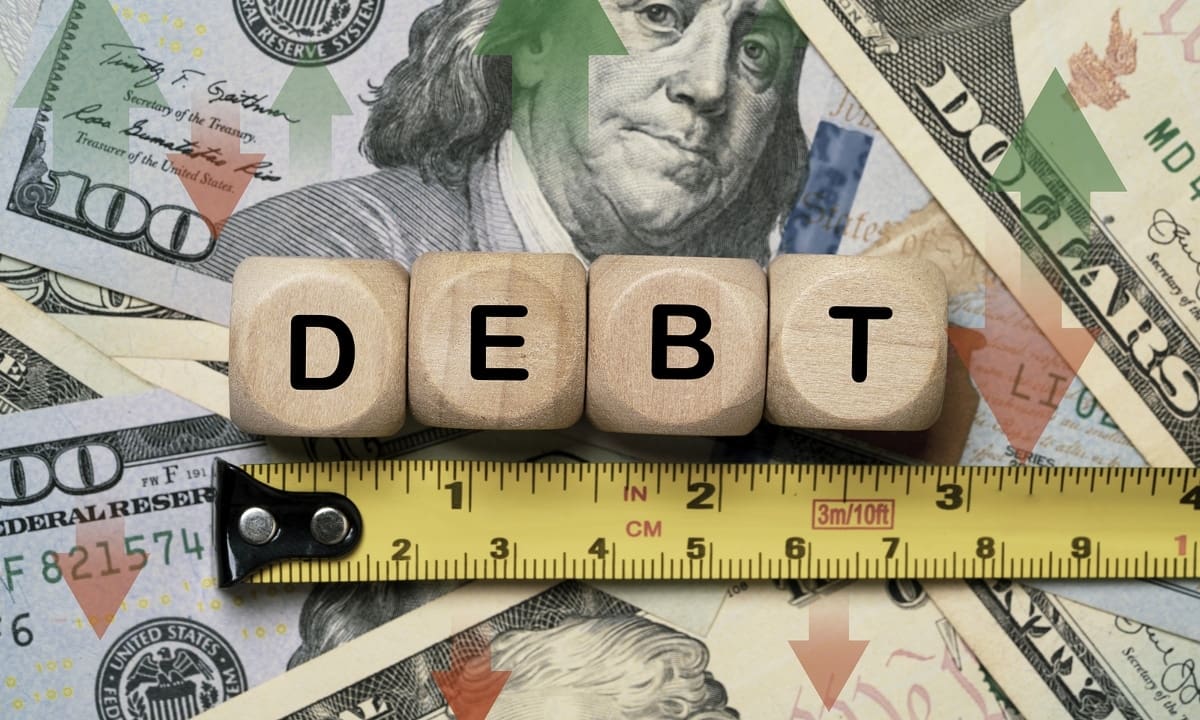
Multiple efforts are underway to repeal President Biden’s signature student loan forgiveness initiative. But there has been a whirlwind of updates during the last several weeks.
Biden’s one-time student debt relief plan, if allowed to proceed, would provide $10,000 in federal loan forgiveness, or up to $20,000 if the borrower received a Pell Grant. Over 30 million borrowers whose income in either 2020 or 2021 was below the program’s eligibility thresholds could benefit. But no one has received any debt relief, as the plan was blocked by federal courts last fall in response to legal challenges. Two of those challenges are now pending before the Supreme Court.
In the meantime, congressional Republicans have taken steps to try to repeal Biden’s student loan cancellation plan legislatively, before the Supreme Court issues a decision.
Here’s where things stand.
Student loan forgiveness repeal through debt ceiling bill
Republicans in Congress have also tried to repeal Biden’s student loan forgiveness plan through negotiations over raising the nation’s borrowing limit (known as the debt limit, or debt ceiling).
In April, House Republicans passed a bill raising the debt limit but gutting a number of Biden administration programs, including repealing Biden’s student debt relief plan and reversing his current extension of the student loan pause. But the House bill was simply an opening gambit in broader negotiations over the debt ceiling and federal spending.
Over the weekend, President Biden and House Republican leadership announced a compromise that would raise the debt limit and cut federal spending in certain areas. However, Biden’s student loan forgiveness plan would be preserved as part of that compromise. The proposed legislation would end the student loan pause, which advocates have criticized. However, the pause would essentially end on the same timeline previously announced by the Biden administration – 60 days after June 30 – rather than retroactively reversing the current extension of the pause, which borrower advocacy groups had warned would have catastrophic consequences.
The debt ceiling bill has not yet passed Congress, so its fate is not certain. However, the White House and congressional leadership have expressed optimism that the bill will ultimately pass. The House should vote on the measure this week, and it will then be taken up by the Senate.
Get Started With Our New IDR Calculator

Supreme Court decision on student loan forgiveness coming soon
With the CRA resolution likely to be defeated by presidential veto, and with the debt limit poised to be raised without nixing student debt relief, President Biden appears to have effectively blocked Republican-led efforts in Congress to repeal his core student loan forgiveness plan.
That means that the fate of the initiative ultimately rests with the Supreme Court. And a decision could be issued in a matter of weeks.
The Court will be deciding two major legal questions. The first is whether the program itself is allowable under the HEROES Act of 2003, a federal statute that authorizes the President to change or waive rules governing federal student loan programs in response to a national emergency. The second is whether the parties challenging the program have standing – meaning they are able to demonstrate a concrete injury directly tied to Biden’s plan that would be sufficiently remedied by striking down the program.
During oral arguments held in February, a majority on the Court appeared hostile to the argument that the HEROES Act authorizes mass student loan forgiveness. But at least four of the nine justices seemed skeptical that the challengers have standing, and two other justices said relatively little on that issue. If five justices conclude that the challengers don’t have standing, Biden’s student loan forgiveness program could survive, even if a majority views it as improper under the HEROES Act.
Other student loan forgiveness and debt relief initiatives proceeding
While Biden’s one-time student loan forgiveness plan remains in the Supreme Court’s crosshairs, other critical debt relief initiatives are proceeding, and are currently unimpeded by either Congress or the courts. This includes the Limited PSLF Waiver, which ended last fall, as well as the IDR Account Adjustment, which the Education Department is expected to continue implementing through next year.
Congressional Republicans attempted to nix the Biden administration’s proposed overhaul of Income-Driven Repayment (IDR) through the CRA resolution and debt ceiling negotiations, but those efforts were not successful. The Education Department is proceeding in developing new IDR regulations that could lower monthly payments for millions of borrowers. The overhaul is expected to be rolled out in phases through next year.
Not sure what to do with your student loans?
Take our 11 question quiz to get a personalized recommendation for 2024 on whether you should pursue PSLF, Biden’s New IDR plan, or refinancing (including the one lender we think could give you the best rate).
